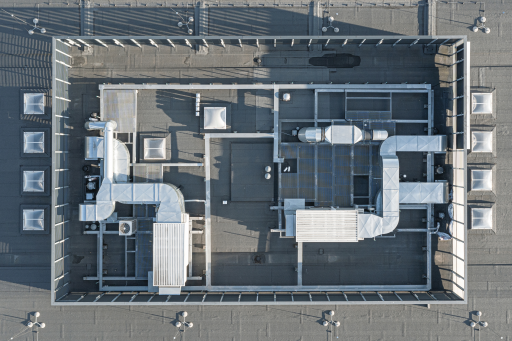A simple, scalable, and high performance next-generation data centre
Reading time: 3 min
Axians has developed an innovative data storage, backup, and management solution in partnership with two US companies, Pure Storage and Rubrik.
![]()
As the cornerstone of information systems, data centres must continually adapt to a landscape that is constantly being transformed by new technologies and practices. Cloud hosting has enabled businesses to vary their information storage and management capacity as needed, while paying based on usage (pay-as-you-go method) and reducing their costs. And by replacing mechanical hard drives, all-flash technology has met the need for ever-faster access to information.
But the arrival of artificial intelligence (AI), big data, and IoT on the digital scene is throwing up new challenges for IT departments and for data storage. “Next-gen data centres needed to address all of the issues arising from these innovations,” says Yves Pellemans, Chief Technology Officer (CTO) at Axians France (VINCI Energies). “The aim was to find a cloud-based hyper-scalable solution that massively reduces prices,” he explains.
The solution developed by Axians in partnership with two US cloud-generation companies, Pure Storage and Rubrik, follows this specification to the letter. In fact, it does more than that, since it frees IT departments from many tasks that don’t offer any business value and that can now be automated thanks to AI.
The Pure Storage component used by Axians provides the next-generation storage dimension, while Rubrik delivers the smart backup and archiving system. The two companies jointly developed an Application Programming Interface (API) which enables them to “speak” to each other.
Automation
So far, IT departments have had to “manually” ensure that backup is successful, that data is in the right place, and they have had to check the expiration date and deletion of datasets. Whereas now, tasks like creating space for the storage, retention, and management of documents over time are automated.
“Automation reduces operational and administrative tasks by 90 %.”
This solution involves “prioritising storage, automatically moving data to the right place so that the storage is replicated, backed up and restored for other uses like big data and artificial intelligence,” says Yves Pellemans. He adds: “Automation reduces operational and administrative tasks by 90 %,” freeing up time for higher value-added activities.
A further benefit of next-generation data centres is the considerable reduction in storage space required. This goes hand in hand with a reduced carbon footprint since the servers require less cooling and less energy.
“Where you needed 12 racks of 42U only 6 years ago, you now use 4U for the same data volumes, with the Pure Storage solution,” points out the Axians France CTO. Storage space is optimised and can be extended as little or as much as needed. The scale-out model enables data centres to expand according to service contracts or to scale back without having to rethink the architecture.
Learn more:
https://www.axians.fr



